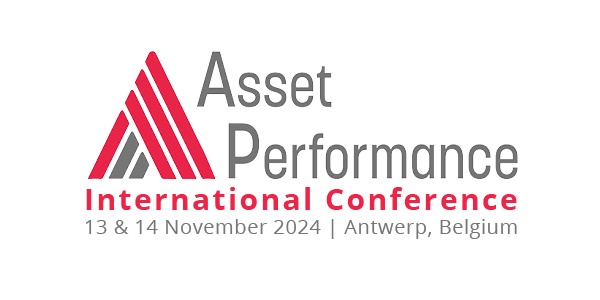Embracing digital twin technology
There’s a lot of talk about digital transformation and digital twin technology, but not everyone fully understands the benefits of implementing a digital twin. In this whitepaper, we’ll provide clear facts about a true digital twin and its advantages. No marketing hype, just the truth.
Challenges in a changing market: Industrial organizations must adapt their operating methods to tackle the numerous challenges in global markets. Instant access to a centralized hub of trustworthy real-time, asset, and engineering data empowers the right people to make informed decisions when needed.
How digital twin solutions provide certainty: Digital twin technology brings stability and predictability to engineering, maintenance, and operations teams. By aligning different disciplines around a single source of verified data, risks are minimized and detected early on. This eliminates wasted data sourcing and verification time and encourages collaboration.
For operations, maintenance, and engineering teams, comprehensive oversight of their data is crucial for achieving asset excellence, reducing emissions, and optimizing output.

The digital twin is a single hub connecting real-time trusted asset information from various data sources, enabling significant performance improvements:
- Driving asset excellence:
While many industries have taken steps to digitize their operations, most platforms remain isolated and fail to address key barriers to performance improvement. A unified approach to information management is essential, connecting people, processes, and performance. Practical digital twin solutions integrate all asset data, enabling easy access to relevant information in the context and format required for the task at hand. Whether searching for real-time data, maintenance information, 2D and 3D schematics, or user manuals, users can swiftly transition from a high-level overview to detailed insights with just a click. - Minimizing risks:
Unplanned maintenance downtime poses a significant risk in projects. Real-time access to data and analytics from various activities and a unified asset integrity management system reduce these risks. It improves planning, reduces wasted maintenance time and materials, and ensures effective scheduling. - Managing engineering information:
Engineers often spend significant time searching for and verifying data, sometimes up to 50% of their working hours. Digital twin solutions provide easy access to accurate, up-to-date, and complete information, freeing engineers’ time to focus on strategic and value-adding tasks. - Driving work efficiency:
Successful digital twin projects require an evolution of project processes. Trying to fit old working methods into new technological applications will not unlock the full transformative potential. With the right approach and organizational mindset, a digital twin program can enhance internal processes and foster collaboration across engineering teams. This promotes data-driven decision-making, standardization, and transparency throughout the organization. - Fast response to change:
Real-time access to complete plant data and analytics enables organizations to manage change and respond to market dynamics more effectively. While optimizing asset excellence is an immediate benefit of digital twin technology, there are also long-term advantages in implementing solutions for existing assets. A digital twin can increase the potential sale value of assets and ensure compliance with decommissioning requirements. - Supporting decommissioning:
Decommissioning costs typically account for 3 to 4% of the total, often due to unforeseen issues with the asset or well. Digital twin technology reduces uncertainty by providing engineering teams with a complete picture of the asset, including flowlines, downhole tools, and a model of the existing facility. Armed with this information, engineers, in-house decommissioning teams, and external consultants can better plan and budget for the decommissioning program. Improved communication with regulators and engineers further streamlines the process.
Integration with prescriptive and predictive maintenance techniques and the digital twin technology is a powerful approach that can transform maintenance practices, making them more proactive, efficient, and reliable. It allows organizations to move away from traditional reactive maintenance models toward a data-driven, predictive approach that ensures better asset performance and cost-effectiveness. Beyond prediction, digital twins can suggest specific actions or maintenance strategies to optimize asset performance and extend its lifespan. These recommendations are based on real-time data and the asset’s digital behavior, making the maintenance process more proactive and precise.
The critical factor distinguishing different approaches of any digital twin, is how easily the various technology components can be unified to synchronize real-time, asset, maintenance, and 1D, 2D, and 3D data into a single, secure hub.
For further information on implementing a true Digital Twin encompassing various data sources, including real-time, maintenance, and engineering data, we invite you to contact AVEVA Select Benelux. Our team is dedicated to assisting you in your digital transformation journey, helping you achieve operational excellence by adopting a robust Digital Twin solution.
Read more on: https://www.benelux.avevaselect.com/
AVEVA Select Benelux | +32 3 328 07 40 | info@benelux.avevaselect.com
